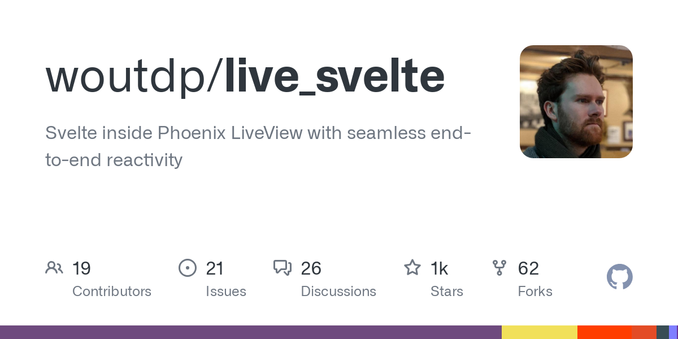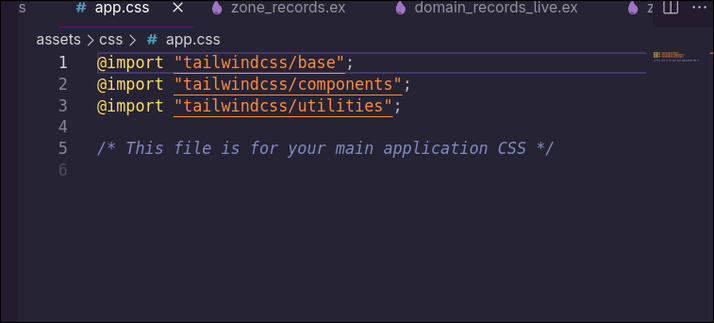Elixir's Phoenix framework is not hard to learn at all if you've learnt Angular (post 2.0, so the one not to be confused with AngularJS) before.
Not even the storage is difference despite one being a front-end framework and the other a monolith. With angular you keep a singleton to communicate with storage and you toss it around component to component, with Phoenix you have another singleton: Repo.
I still think Phoenix could benefit from being a bit more decoupled from Ecto.

